Bark and wood debris can be used to mulch gardens, parks or orchards. You've probably seen bags of wood chips and bark in the shops, and the idea has already turned into a business. Find here an example of such a business that has become efficient by turning waste wood into a saleable by-product.
Ground covering has become a common practice. Various organic materials are used - grass, leaves, twigs, plant debris, bark, chips - but also inorganic materials such as plastic sheeting, gravel or glass beads. All these materials are known generically as mulches and the operation of covering the soil is called mulching. Mulches and Mulching are adopted from English (mulch) and although they are not DEX words, they are unanimously used to define this operation and the materials used. What are the advantages of this process, what materials are used and what role the wood scraps play, find out below.
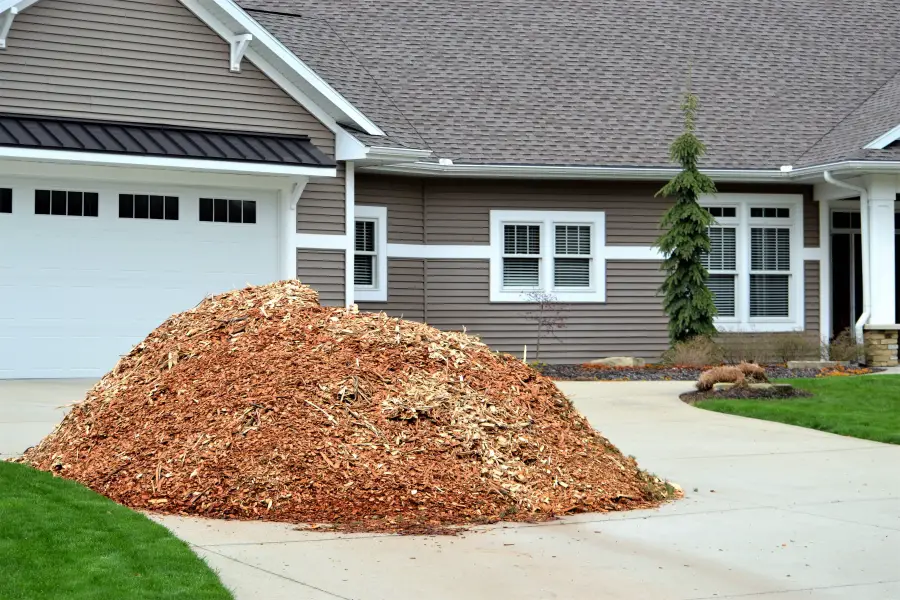
Mulching - regulates soil moisture and temperature
Mulching consists of covering the soil with organic or inorganic material to retain moisture, prevent weeds from growing, provide nutrients, prevent soil erosion and prevent plants from freezing. It is a way of protecting land and plants inspired by nature. In the forest there is a layer of dead leaves on the ground that protects the soil and roots from frost, and provides fertiliser to the soil through rotting.
Mulching is also commonly used in orchards or gardens. Mulch retains moisture in the soil during hot summer periods, reducing water requirements by up to 50%. Used in greenhouses it prevents condensation, which can cause plant damage. The mulch layer is laid in such a way that only light reaches the crop plants and the rest is covered. This prevents weeds from developing and eliminates the need to treat the crop against them. By keeping the soil permanently moist, earthworms thrive under the mulch and eat away at it. This reduces the amount of maintenance needed.
An advantage of organic mulch is that through rotting and decomposition, it provides the soil with nitrogen compounds similar to fertiliser. It is not a substitute for fertilisation, but a field covered with organic material will be richer in nutrients than one left uncovered.
Mulching is not recommended for very wet soils because it keeps water inside and can cause plants to rot. It is also not good to mulch organic land where slugs or rodents are present. For mice, a layer of wood chips, twigs or leaves is a very good bedding and they will breed faster. The soil of some annual crops should not be covered permanently, mulch should only be used in warm periods to keep water in the soil.
Mulci organic versus inorganic
Organic Mulch can be made from almost any vegetable waste. Use fallen leaves, mown grass, hay, straw, branches left over from tree trimming, corn cobs, chaff, sunflower hats, walnut husks, conifer needles, tree bark, wood chips. The materials must be healthy and dry or semi-wet. Not all materials lay the same on the field, the mulch layer can vary between 5 and 20 cm. For example, if the material is wetter (shredded leaves, fresh grass) the layer should not be thick because it prevents the passage of water and air which will lead to rotting and an unpleasant smell.
Ca inorganic mulch plastic sheeting, glass, river gravel, crushed rock are used. Sheeting is most commonly used by vegetable and fruit growers, as well as those planting trees and fruit trees. In the first case, polyethylene sheeting is used to prevent weeds from growing, which is why it is also called anti-burden films. In the second case, it is a textile mesh that prevents soil erosion, conserves moisture and regulates temperature. They are only used on perennials.
Advantages organic mulch are availability, low cost, the opportunity to get rid of waste and the fact that it decomposes by fertilising the soil. Disadvantages are the possibility of containing diseases or pests and the fact that it has to be continually replenished. Inorganic Mulch it lasts longer over time, the control of the results is stricter and the offer is aesthetically large (more colours). Disadvantages are high costs, becoming waste when they have to be changed and the danger of plants suffering from overheating the foils.
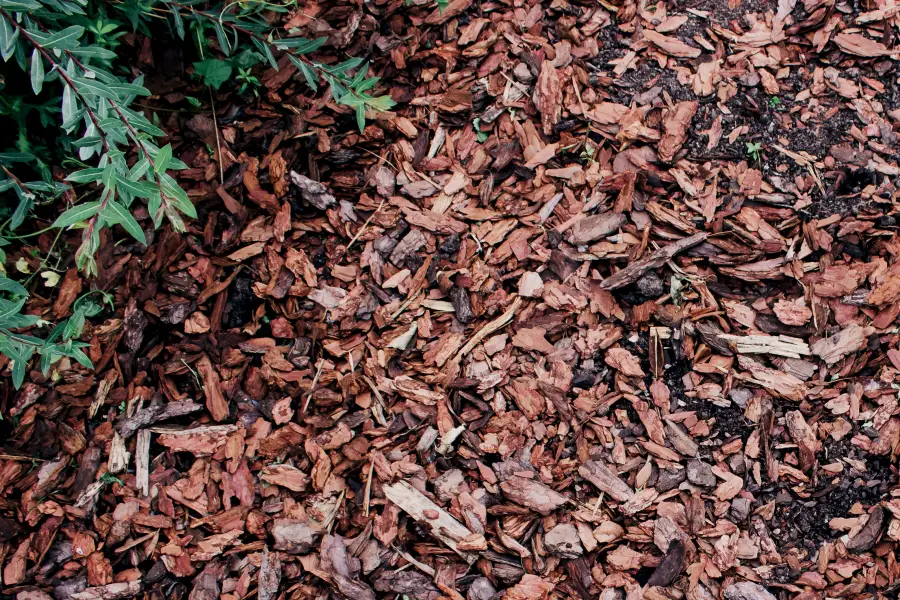
How to use wood chips, wood shavings and bark as mulch
The recommended mulch for shrubs, trees and fruit trees is mulch made from wood chips, splinters and bark. These materials are not recommended for annual crops because they decompose over years and interfere with the preparation of seedbeds. They can, however, be used between crop beds if they are raised. Be careful not to use chipboard, MDF or treated or painted wood waste!
Do not use fine sawdust, but sawdust. Fine sawdust can impede water drainage and create a carbon-nitrogen imbalance in the soil. Sawdust should not be used fresh because it has a very acidic pH. If left as a mound for a few months, even a year without turning, the pH drops and it can be used. Because of its acid pH it is recommended for blueberry crops, around azaleas or conifers. Mixed with freshly mown grass it increases the amount of nitrogen in the soil. A mulch layer thickness of 5-7 cm is recommended.
Tree bark and chips from wood waste or from chopping branches from tree trimming are the most commonly used materials for mulch. These materials decompose more slowly and only need to be replenished once a year. The mixture of bark and compost is a very good mulch for mature trees and shrubs. The thickness of the mulch layer of tree bark or wood chips is 5-10 cm.
Benefits for trees, shrubs and perennials from mulching with wood chips
Wood mix nourishes the soil. One of the most important benefits of using wood chips is that they rot over time and nourish the soil that the tree feeds on.
Regulates soil temperature. A thick layer of wood chips maintains a pleasant and constant temperature at ground level, protecting the roots. The protective covering is very important, both in summer and winter. It's like insulation for houses, keeping the ground cooler in summer and warmer in winter.
Regulates soil moisture. SThe protective wood chip treatment also prevents evaporation of water from the soil. Reducing evaporation around the roots conserves water, reducing the frequency with which plants need to be watered and decreases the likelihood of trees being affected by drought. Irregular splinters also let water pass through, preventing waterlogging.
No need for herbicides, fertilisers or fertilisers. AWood shavings prevent light from reaching the weeds and stop them from growing, acting as a weed killer. Then, by rotting, the wood chips nourish the soil and there is no need for chemical fertilisers which can be dangerous in the long term.
Reduce waste. Tree bark, wood waste, wood shavings are waste in most factories. Turning them into mulch gives them usefulness while helping trees and shrubs to grow. Basically, the waste supports a new life cycle.
Aesthetic choice for parks and gardens. Last but not least, it contributes to the tidy appearance of parks and gardens. Wood chips come in a wide variety of textures and colours, and the contrast between the colours of the wood and the green of the garden is delightful.
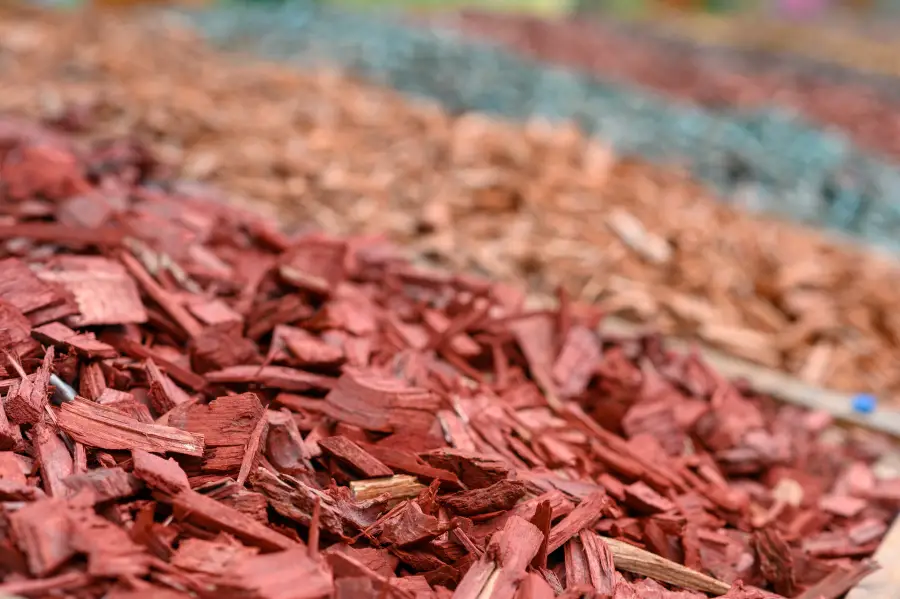
I hope you find the above information useful. As usual, additions are welcome. And if you have any questions or queries, please leave them in the space below. I'm sure I'll reply.



















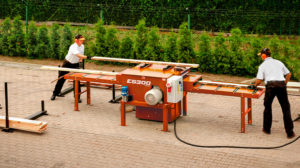


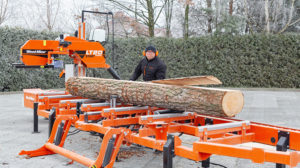
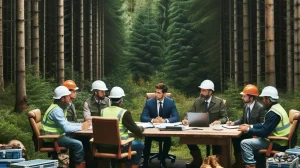
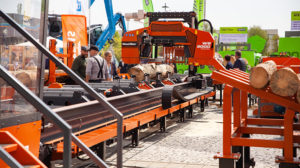


Add comment